Maths Year Three Planning Term Two
Discover some schemes of work, lesson plans, classroom worksheets and interactive activities to develop skills in maths for Year Three in Key Stage Two to teach about multiplication and division, length measurement and money
Multiplication and Division
Explore and model some of the informal and formal methods that can be used when multiplying and dividing numbers to solve problems
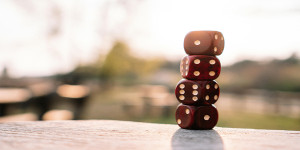
(A) Times Tables Facts
Explore how to work with facts in the times tables to support and record how to complete multiplication and division number calculations

(B) Multiplication Exchange
Investigate how to multiply pairs of one and two digit numbers using informal and formal methods of multiplication with exchange between place value

(C) Division Steps
Practise informal and formal methods of calculation to solve number problems when dividing two by one digit numbers
Measurement Length
Practise estimating, measuring and calculating a range of measurements for length including perimeters using the matching units
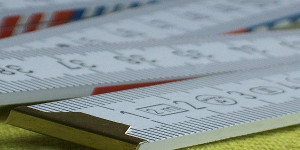
(D) Length and Height
Measure the length and height of different objects in metres, centimetres and millimetres using different measuring tools and equipment
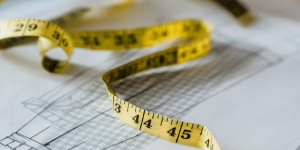
(E) Length Calculations
Explore how to measure and calculate the lengths of different objects when using a range of units for measurement
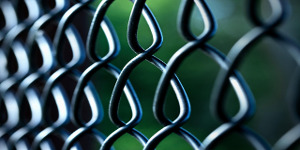
(F) Length Perimeters
Investigate how to measure and calculate the perimeters of shapes and areas when working with different units for length
Fractions
Explore how to identify, illustrate and compare some different sets of unit and non-unit fractions by ordering and identifying their equivalent values
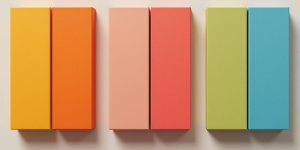
(G) Fraction Equivalence
Investigate, compare and record the values of different non-unit fractions using equivalence between their sets of matching numerators and denominators
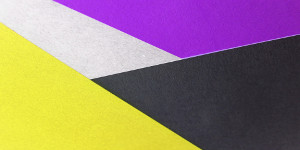
(H) Fraction Wholes
Practise comparing the values of different unit and non-unit fractions by their displayed numerators and denominators
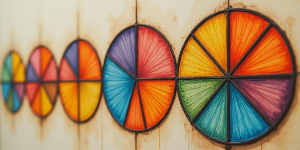
(I) Fraction Order
Investigate, compare and record the values of different non-unit fractions using equivalence between their sets of matching numerators and denominators
Measurement Mass and Capacity
Explain and model how to estimate, measure and calculate a range of measurements for mass and capacity using the matching units
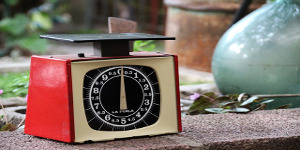
(J) Mass Measurements
Solve problems by measuring, estimating, comparing and calculating the mass of different objects using standard measurement units
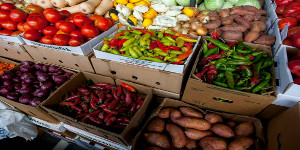
(K) Mass Calculations
Investigate how to solve measurement problems to calculate the mass of objects when using addition and subtraction number skills

(L) Capacity Measurements
Explain and model how to measure and calculate the capacity of different vessels and containers using litres and millilitres

Lesson Presentations
Interactive digital presentations to support the teaching of different topics and themes

Class Games
Find out what teachers are saying about the primary resources they have used to support their teaching

Teaching Ideas
Ideas and advice for classroom lessons and teaching activities to support busy primary school teachers

Teaching Tools
Discover time saving tools to create custom made lesson plans, templates and worksheets to support classroom teaching

Keep Updated
Subscribe to the newsletter to keep updated on the latest teaching packs and get some free ideas for your lessons
